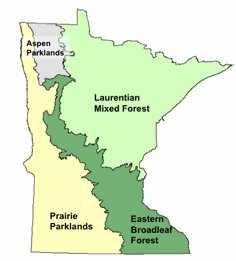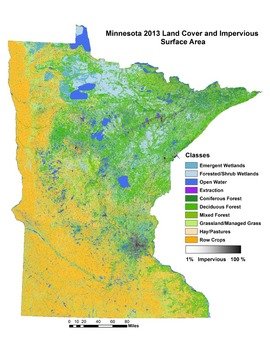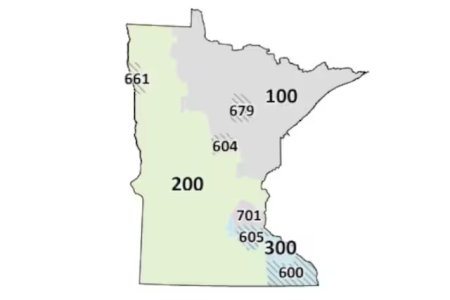Sorry this is long.
I think it has helped considerably on our farms. Two of the farms are in heavy ag and they are at the reasons that the deer numbers have improved, exponentially on one of them as it was rare to see a deer there 30 years ago and now it is the place to be if you're a deer. The longer your trees have been established I believe the more one will see positive effects.
On one of the above I planted 3 acres in a block a couple years ago that connects two other smaller chunks of timber. Around this chunk is 2 small pollinator crp mixes and taller warm season grasses(totalling9 acres) I did this in part to offset the neighbor dozing in 9 acres of timber that greatly impacted deer numbers and movement.(a great illustration in itself of how trees or lack of can impact deer numbers) and to utilize the crp program to help me with habitat improvement. The neighbors destruction of habitat was studied for 5 years on its impact and when my current 6 acres chuck came out of crp I decided to also take the other 6 acres of the field out of ag production and reenroll into some different crp programs that established trees, shrubs, and pollinator. This farm is a total of 54 acres.
The hunting on this farm has greatly improved as well as the deer numbers. Instead of seeing maybe 5 or 6 deer in a sit since the ripping out of neighbor's timber it has turned in to being able to count that many deer in a group and seeing at least 2 groups like that. I also had 10 different bucks on cam prior to November. How I connected the trees to the blocks of timber allowed me to greatly influence movement (it actually worked out how I thought it would). The trees and shrubs have been in the ground for 2 summers now. Of the 650 that are tubed, the vast majority will have the tubes removed this coming spring as they are out of the 5' tubes. I had to use tubes by the rules of the crp contract.
The other heavy ag farm was a project started in the 80's by my dad. My parents owned 160 acres and dad enrolled as much of it as he could into crp and planted 5, 2 row cedar lines. There was a shelterbelt already established from the Roosevelt days with pines, cedars, and cottonwoods. We would maybe see deer on the property once or twice a year in the 80's, In the early 90's it was common to see at least one deer or two near the shelterbelt during the week. Late 90's into 2000's there was a half dozen or so that called the farm home. From 2010 on it has been a constant deer hangout. As fall goes into winter deer migrate to this farm. It usually has around 10 or so different bucks throughout the Oct/Nov time frame with December thru March being where the deer herd up. Anywhere from 30 to 50 deer have been counted at one time in that time frame.
My dad, who turned 79 this Oct has taken a buck or two from this farm each year for the past 15 years and we have at two disabled vets hunting each year as well. There aren't monster bucks but there are good bucks and all who hunt this farm see lots of deer and have good opportunities.
The third farm is in prime deer habitat and is 80 acres. My wife and I bought it in 2007. It is located on the backside of the Missouri River bluffs and has a relatively high deer density. The ehd hit in 2012 hammered this area and the numbers have never been the same. I always like to see more deer but we were above a healthy number and they were hell on browse and regeneration. They really gave me a crash course in tree care. If I didn't cage or tube they were goners. To give an idea on deer numbers now, one can expect to see 30 to 40 deer in a sit during rifle season, not all different deer but they keep moving through.
I have planted thousands of cuttings and trees on this farm and have made habitat where it used to be just brome pasture. I have planted over a 100 total fruit trees in 6 different spots( One of which is the house orchard but critters use it as there own as well. There was a total of 30 arable acres, basically half pasture, half corn/bean rotation. I put 11 acres into crp 14 years ago, 4 of it into food plots and orchard. The pasture is now trees and warm season grass and weeds mix. As the trees I've planted have matured the deer use has noticeably gone up. Where there was nothing but brome and occasional deer passing through, there is now deer at anytime and can be counted on being seen from a stand. When the 11 acres comes out of crp this next fall I will be reenrolling it into a timber/pollinator planting like I did at the 54 acre farm, using the same principles connectiing two different portion of timber and improving the deer flow influence.
In most cases, patience is the key to seeing positive results but in the case of the 54 arce farm, it was noticeable in the first year, just by deer numbers alone.
The crp that I plant into timber will be in a 15 year contract and if it stays as it is now, I will be able to reenroll for another 15 years and then it will be without income. I figure if I am blessed to be the care taker for 30 more years I won't care about the loss of the income. It will be someone else's opportunity/blesssing.





